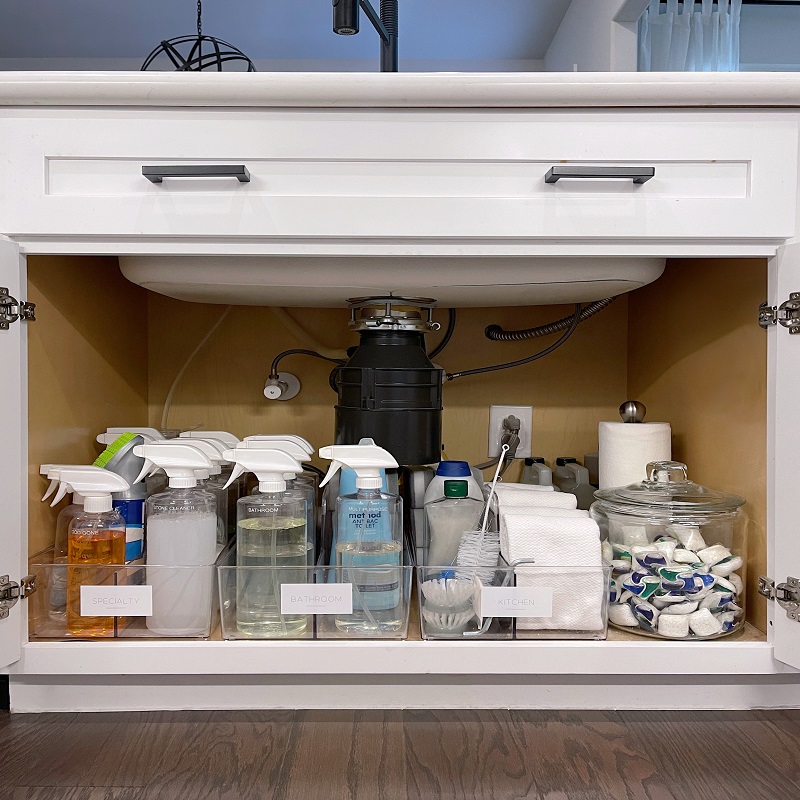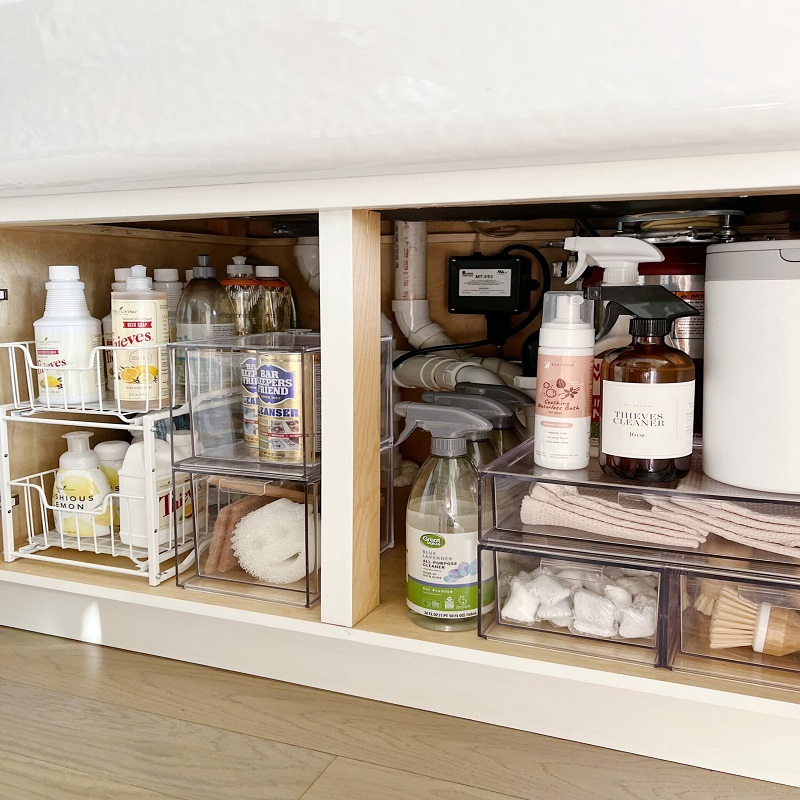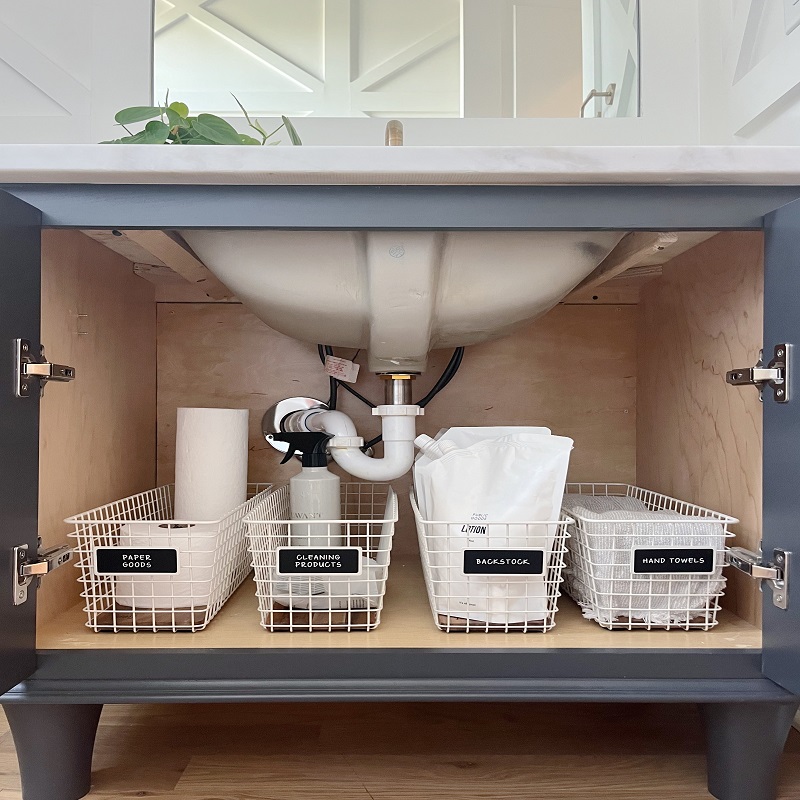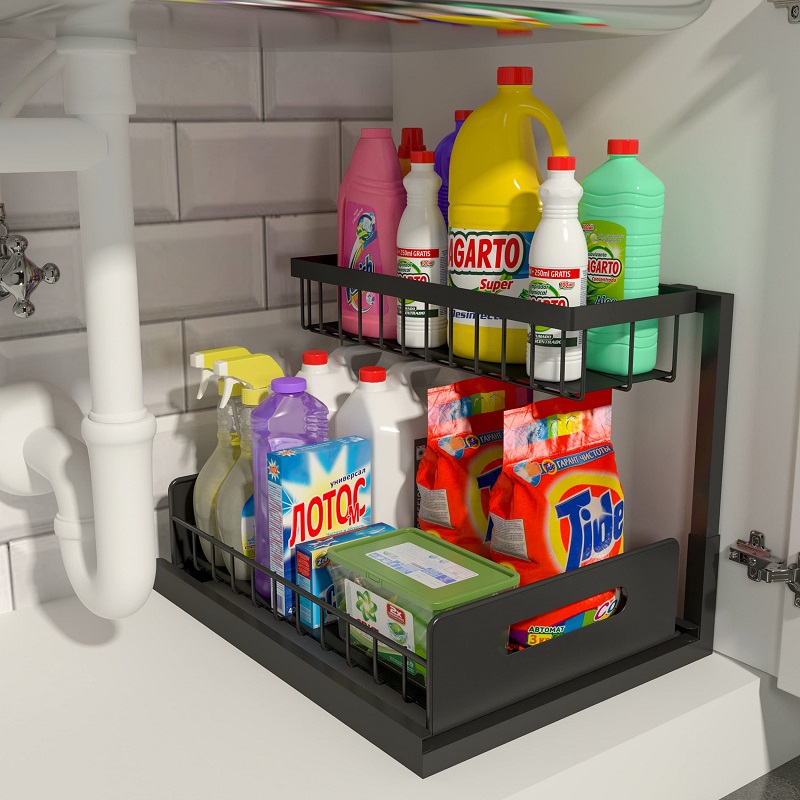How to repair a leak under kitchen sink? A leak under the kitchen sink can be a frustrating and messy problem to deal with. Not only can it cause damage to the surrounding area, but it can also lead to wasted water and increased water bills. Fortunately, many leaks under the kitchen sink can be easily fixed with a few simple steps. In this article, we will guide you through the process of identifying and repairing a leak under the kitchen sink.

Identifying the Leak
Before you can begin to fix the leak, you need to identify the source of the problem. Start by examining the area under the kitchen sink for any signs of water. Look for puddles, dampness, or water stains on the floor of the cabinet and the pipes themselves. It’s also important to check for any visible cracks or holes in the pipes or fittings.
If the leak is coming from a specific area, such as a joint or a pipe, you may be able to fix it using basic tools and materials. However, if the leak is more severe or if you are unable to locate the source of the problem, it may be best to call a professional plumber for assistance.
Fixing a Leaky Pipe or Fitting
If you have identified a specific pipe or fitting as the source of the leak, you can attempt to fix it on your own. Here’s how to do it:
- Turn off the water supply: Before you start working on the leak, turn off the water supply to the sink. You can typically do this by closing the shut-off valve located under the sink.
- Drain the pipes: Once the water supply is turned off, open the faucet to drain any remaining water from the pipes.
- Tighten loose fittings: If the leak is coming from a joint or a fitting, it may be due to loose connections. Use a wrench to tighten the fittings and see if this stops the leak.
- Patch small holes: If you have identified a small hole in a pipe or fitting as the source of the leak, you may be able to patch it using a leak repair tape or epoxy putty. Follow the manufacturer’s instructions for the specific product you are using.
- Replace damaged parts: If the pipe or fitting is severely damaged or corroded, it may need to be replaced. You can find replacement parts at your local hardware store. Make sure to measure the pipe or fitting accurately before purchasing a replacement.
- Test for leaks: Once you have made the necessary repairs or replacements, turn the water supply back on and check for any remaining leaks. If the problem persists, you may need to reevaluate the situation or seek professional help.

Preventing Future Leaks
After you have successfully fixed the leak under the kitchen sink, it’s important to take steps to prevent future leaks from occurring. Here are a few tips to help you prevent future leaks:
- Regularly inspect the pipes and fittings under the sink for any signs of damage or wear.
- Avoid using excessive force when tightening fittings, as this can cause damage and lead to leaks.
- Use a drip tray or mat under the sink to catch any small leaks before they can cause damage.
- Consider installing a water leak detector or alarm under the kitchen sink is clogged to alert you to any leaks as soon as they occur.
What are the causes of leak under kitchen sink?
A leak under the kitchen sink can be a frustrating and potentially damaging problem for homeowners. Whether it’s a small drip or a major gush of water, a leak under the sink can lead to water damage, mold growth, and even structural issues if left untreated. In order to prevent these issues, it’s important to understand the potential causes of a leak under the kitchen sink.
Faulty Plumbing Connections
One of the most common causes of a leak under the kitchen sink is faulty plumbing connections. Over time, the seals and connections between the sink, the pipes, and the garbage disposal can deteriorate, leading to leaks. This can be exacerbated by factors such as temperature changes, water pressure, and general wear and tear. Additionally, if the connections were not properly installed in the first place, they may be prone to leaking.
Corroded or Damaged Pipes
Another potential cause of a leak under the kitchen sink is corroded or damaged pipes. If the pipes under the sink are old or made of inferior materials, they may be more susceptible to corrosion and damage, which can lead to leaks. Additionally, if the pipes were not installed properly or were subject to excessive force or pressure, this could also result in damage and leaks.

Clogged Drains
Clogged drains can also contribute to leaks under the kitchen sink. A clog in the drain can cause water to back up and put pressure on the pipes, leading to leaks. Additionally, if the clog is severe enough, it can cause the pipes to burst, resulting in a major leak.
Improper Installation
In some cases, a leak under the kitchen sink may be the result of improper installation of the sink or the plumbing. If the sink was not installed correctly, if the pipes were not properly aligned, or if the connections were not sealed correctly, this could lead to leaks.
Excessive Wear and Tear
Over time, the components under the kitchen sink gurgle can become worn out and deteriorate, leading to leaks. This can be the result of normal use, high water pressure, temperature changes, and other factors that contribute to wear and tear. Additionally, if the sink and pipes are supporting a heavy load or are subject to excessive force, this can also contribute to leaks.
Prevention and Repair
Preventing and repairing leaks under the kitchen sink begins with regular maintenance and vigilance. Inspecting the plumbing connections and pipes under the sink on a regular basis can help to identify potential issues before they turn into major leaks. Additionally, repairing any minor leaks as soon as they are detected can prevent them from turning into larger, more costly leaks.
When it comes to preventing clogged drains, using a drain strainer can help to catch food particles, grease, and other debris before they have a chance to clog the drain and cause leaks. Additionally, avoiding putting items such as coffee grounds, eggshells, and cooking oils down the drain can also help to prevent clogs.
Proper installation of the sink and plumbing components is key to preventing leaks. If you’re installing a new sink or making any modifications to the plumbing under the sink. It’s best to hire a professional to ensure that everything is installed correctly and that the connections are properly sealed.
If you do experience a leak under the kitchen sink. It’s important to address it as soon as possible to prevent further damage. This may involve tightening the connections, replacing corroded or damaged pipes. Or clearing a clog in the drain. If the leak is severe or if you’re unsure of how to address it. It’s best to contact a professional plumber to assess and fix the problem.

Conclusion
A leak under the kitchen sink can be a frustrating problem to deal with. But with the right tools and know-how, it can be easily fixed. By identifying the source of the leak and taking the necessary steps to repair it. You can prevent further damage and ensure that your kitchen sink remains leak-free. Remember. If you are ever unsure of how to fix a leak or if the problem is beyond your abilities. Don’t hesitate to call a professional plumber for assistance.
